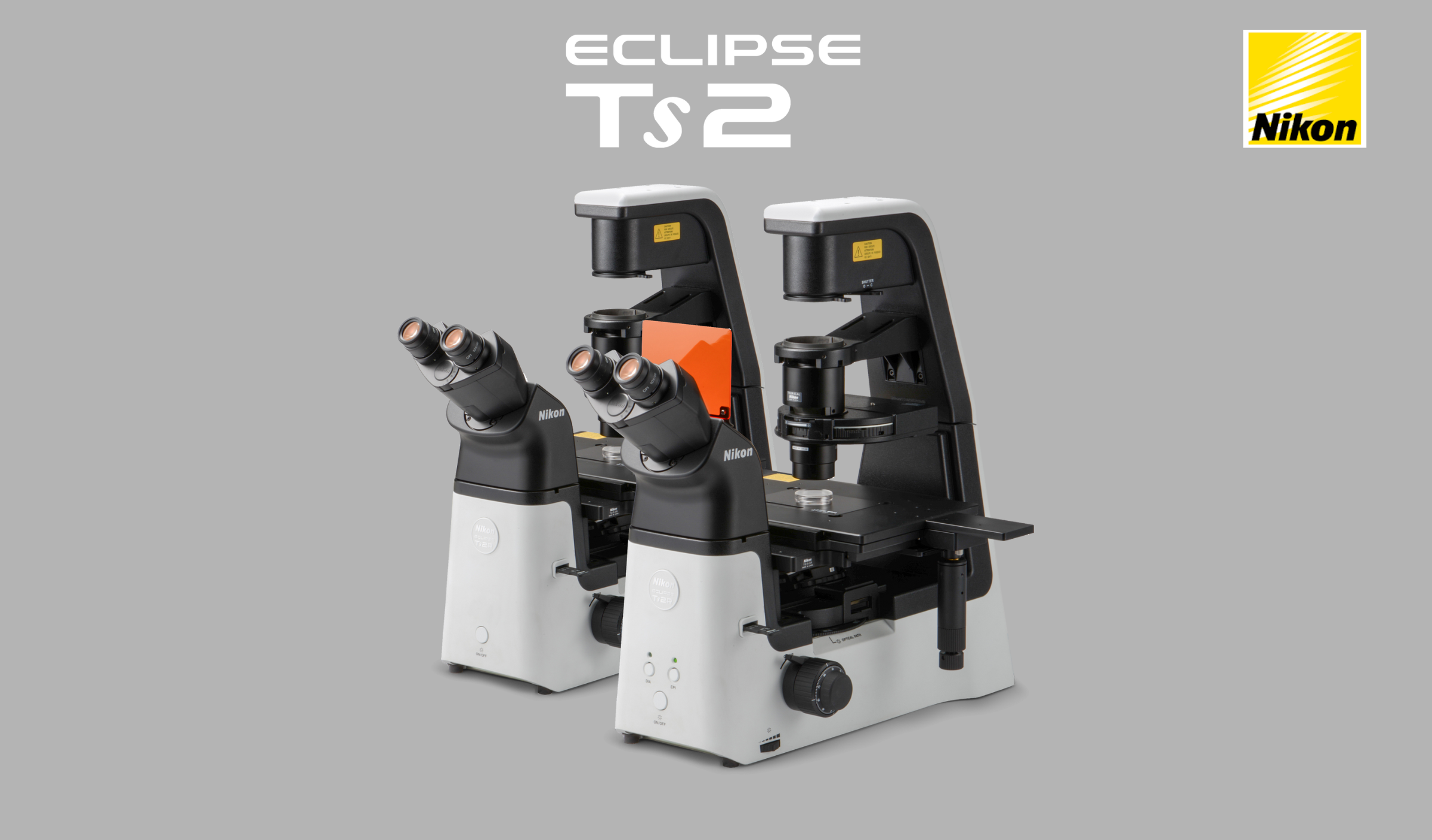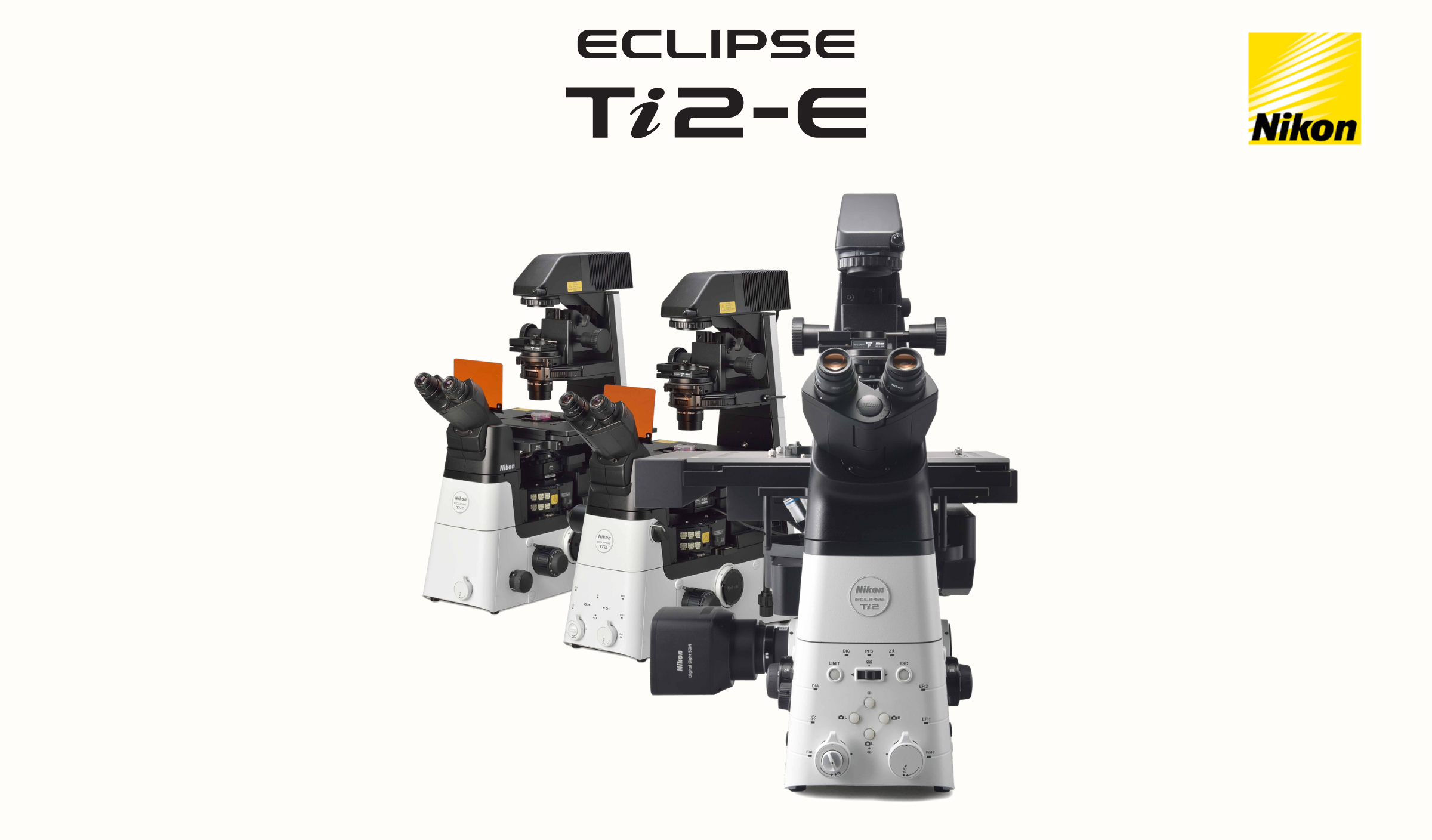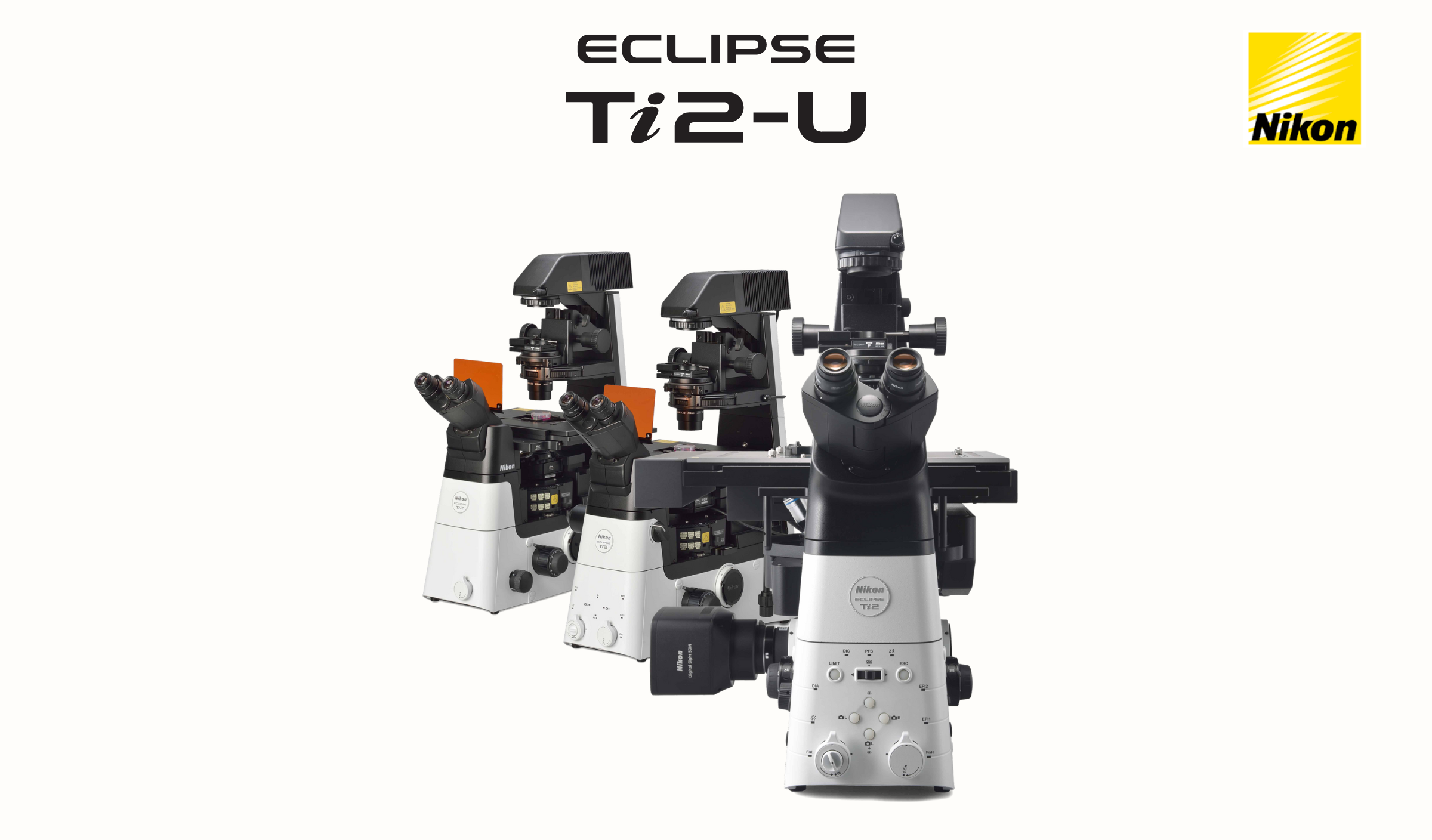ECLIPSE Ts2

Gallery
Overview
The Nikon ECLIPSE Ts2 is a compact inverted microscope designed for routine cell culture and everyday laboratory imaging. Built with Nikon’s CFI60 optical technology and efficient LED illumination, it delivers sharp, bright images with minimal maintenance. The Ts2 supports several transmitted-light contrast techniques—such as Brightfield, Phase Contrast, Apodized Phase Contrast, and Emboss Contrast—allowing users to observe a wide range of cellular samples with clarity. Its slim, space-saving body and intuitive control layout make it ideal for use in busy labs, biosafety cabinets, and teaching environments.
Specifications
Optical System: Nikon CFI60 infinity-corrected optics
Observation Methods: Brightfield, Phase Contrast, Apodized Phase Contrast (APC), Emboss Contrast
Transmitted-Light Illumination: High-brightness white LED with fly-eye lens for uniform lighting
Microscope Tube: 45° inclined binocular tube, Siedentopf type; interpupillary distance 50–75 mm; optional camera port (100/0 or 0/100 split)
Eyepieces: 10× (22 mm FOV), 15× (16 mm FOV), 20× (12.5 mm FOV)
Focusing: Manual focusing via nosepiece movement; stroke +7 mm (up) / –1.5 mm (down); coarse 37.7 mm/rotation; fine 0.2 mm/rotation
Nosepiece: 5-position revolving turret
Condenser: Extra-long working distance (ELWD), NA 0.3, 75 mm working distance
Contrast Sliders:
Pre-centered or centering phase sliders (10×, 20×, 40×)
Emboss Contrast sliders (for 10×, 20×, 40×; requires tube and condenser sliders)
Stage Options:
Plain stage: 170 × 247 mm
Mechanical stage: 126 × 78 mm travel; compatible with various microplates
Sample Holders: 35 mm & 100 mm dish holders, Terasaki plate holder, glass slide holder, universal holder, hemocytometer holder
Dimensions (W × D × H): 236 × 548 × 471 mm
Weight: Approx. 13 kg
Power Requirements: 100–240 V AC, 50/60 Hz, ~15 W consumption
You can find complete, updated details on the manufacturer’s website:
[Visit Nikon official product page]
© 2025 Nikon plc. Used under authorization.
Product information sourced from Nikon Microscopes. All trademarks are the property of their respective owners.






